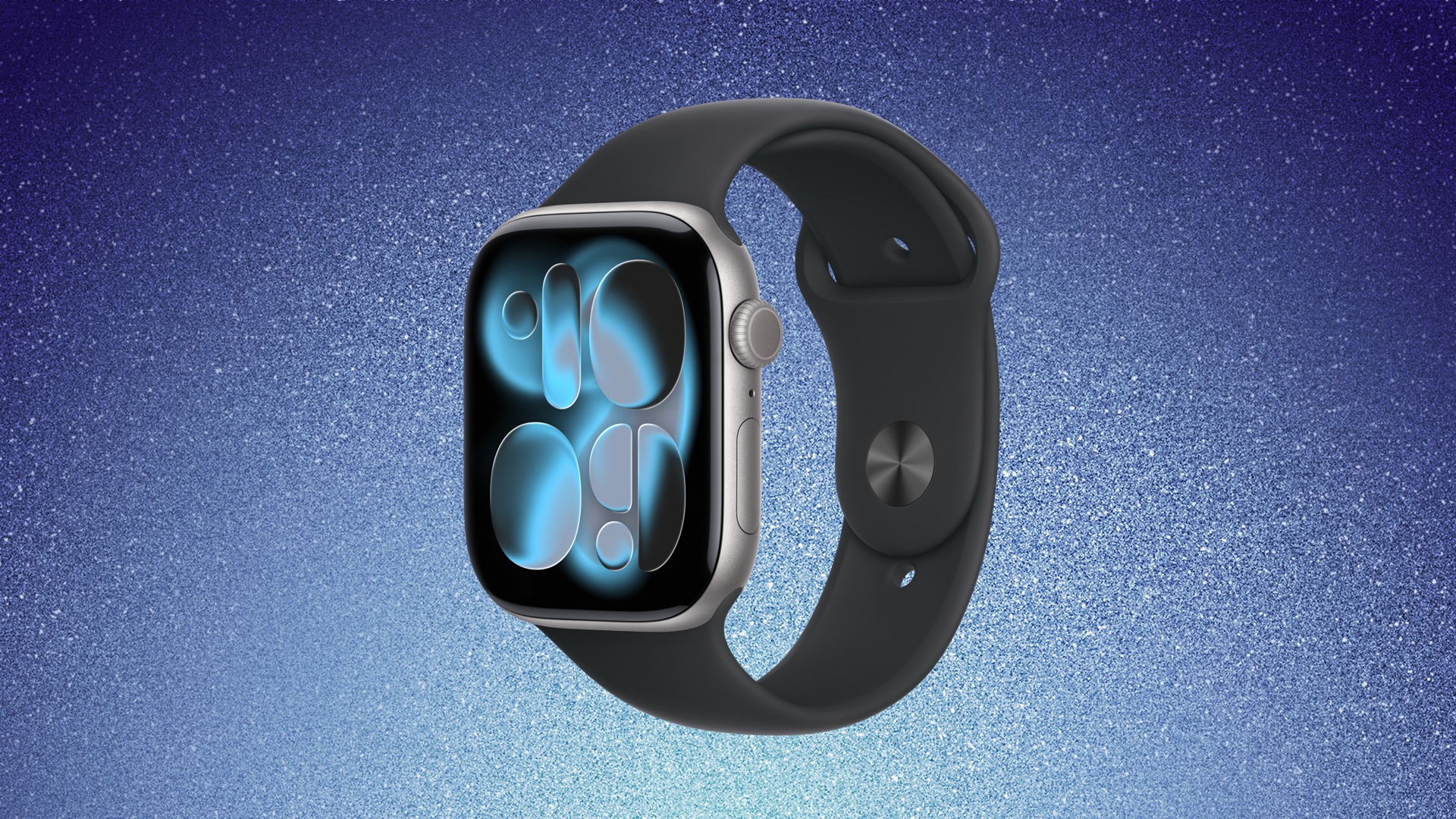|
At every CES I've ever been to, there's been one or two gadgets promising to boost your mental health. In recent years, the number of companies making forays into this space has grown, and will likely continue to do so in the future. Could it be, much like the number of people wearing heart-monitoring wearables today, everyone will be strapping an EEG to their skulls a decade or so down the line? It's more likely than you think, so it's worth asking what these devices are good for, what benefit they could bring, and where does the science end and the hype begin.
An Electroencephalogram (EEG) is a clinical tool to monitor the electrical activity of our brains. Put very simply, our minds are constantly moving ions around, and when they reach the scalp, it's possible to measure those ions. By placing electrodes on the scalp, you can record the changes in voltages pushed out by our brains more or less in real time. These voltages are commonly grouped into categories, which are often described as brain waves. Each one represents a different state of mind: Gamma (hard thinking), Beta (anxious or active), Alpha (relaxed), Theta (creative, or dreaming) and Delta (asleep).
Professor Karl Friston at University College London is one of the world's most influential neuroscientists and an expert in brain imaging. He explained that these technologies can be used to diagnose issues both in the structure and function of the brain. And while there are many technologies which can look at how our brains work, "we're a long way away from understanding the brain like we understand the heart." Broadl
|
|
Cut down on distractions and keep mission-critical info front and center. Use iOS Focus Modes to create a personalized, hands-off travel companion.
|
|
The Federal Communications Commission has approved SpaceX's request to deploy an additional 7,500 Gen2 Starlink satellites, allowing the company to launch 15,000 in all. It has also allowed SpaceX to upgrade its Gen2 satellites with "advanced form factors and cutting-edge technology," to operate across more frequencies and to add more orbital shells to optimize coverage and performance. This approval will give the company's fleet a boost and will allow it to offer internet and mobile services to more parts of the globe. The satellites will also enable SpaceX to offer "direct-to-cell connectivity outside the United States and supplemental coverage" within the US.
In the United States, SpaceX has a partnership with T-Mobile, which gives its subscribers access to satellite-to-phone services. It enables subscribers to send texts and access compatible apps even in remote locations. The companies are also planning to roll out voice calls over satellite in the future.
As Ars Technica notes, the FCC's announcement comes after SpaceX revealed that it was moving 4,400 satellites from an altitude of 341 miles down to 298 miles to reduce the risk of collision.
|
|
 Amazon and Best Buy this weekend have all-time low prices on the Apple Watch Series 11, with $100 discounts across numerous models of the smartwatch. Amazon and Best Buy this weekend have all-time low prices on the Apple Watch Series 11, with $100 discounts across numerous models of the smartwatch.
|
|
Plus: Iran shuts down its internet amid sweeping protests, an alleged scam boss gets extradited to China, and more.
|
|
 Spam and cold calls have become such a nuisance that many people simply don't answer their phone unless they recognize the number. In iOS 26, though, you can learn about who's calling before you respond, thanks to a clever feature that intercepts unknown calls and asks the caller to identify themselves before your iPhone even rings. Spam and cold calls have become such a nuisance that many people simply don't answer their phone unless they recognize the number. In iOS 26, though, you can learn about who's calling before you respond, thanks to a clever feature that intercepts unknown calls and asks the caller to identify themselves before your iPhone even rings.
|
|
 Apple is moving its store in Downtown Montréal, with the new location set to open on Friday, January 16, at 10 a.m. local time, according to iPhone in Canada. Apple is moving its store in Downtown Montréal, with the new location set to open on Friday, January 16, at 10 a.m. local time, according to iPhone in Canada.
|
|
